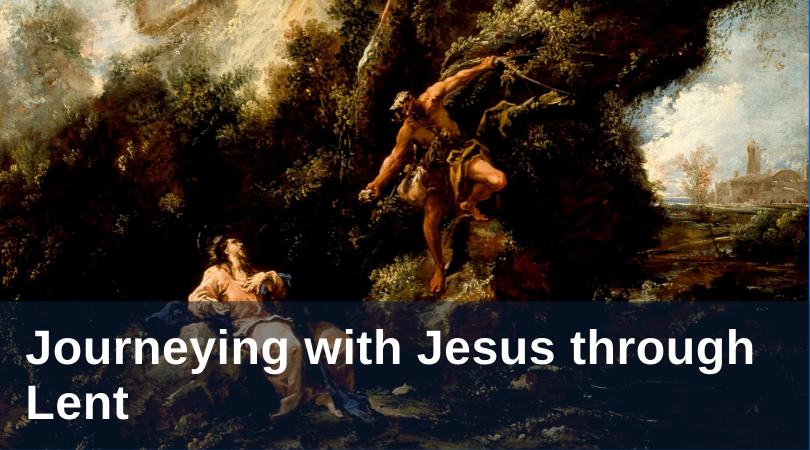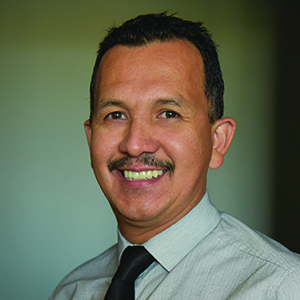
I am Mexican, from the beautiful state of Michoacán de Ocampo. My town is very small, and it does not have scientific and/or technological advances, but its traditions and celebrations are worth mentioning. Among our traditions are the celebration in honor of Our Lady of Guadalupe, the celebration of Day of the Dead, the parades for the welcoming of Spring on March 21st, and the parade on the day of the anniversary of the Mexican Revolution on November 20th, among many others.
Nevertheless, the most important yearly celebrations and traditions take place during Lent and Holy Week. It is during this time that the entire country of Mexico pauses and makes time for reflection and meditation; to evaluate one’s life and take up a new way in our lives. This is also a time to make a deep interior examination, take on serious commitments, and stop certain bad habits that do not leave us anything good. During this time, all of Mexico changes its way of thinking and of living and that is reflected in its decorations at the homes, plazas, churches, streets, and even in the menus of their kitchens.
Everything starts from two to four weeks before the beginning of Lent with the invitation to the Lenten spiritual exercises. Generally, these announcements are done at the end of the celebration of Mass. These exercises are directed and facilitated by a group of missionaries, generally nuns and/or seminarians. The spiritual exercises take place once or twice per week in the parish facilities. The spiritual exercises consist of faith formation talks about Lent, Ash Wednesday, Palm Sunday, and of course, Holy Week, just to mention a few.
Towards the end of Lent, the weekend prior to Holy Week, a spiritual retreat is organized to close the spiritual exercises. This retreat ends with the celebration of Palm Sunday’s Holy Mass and it includes a special sending to live with Jesus and to accompany Our Holy Mother, Virgin Mary, in the difficulties and pains of Holy Week. This special sending includes specific biblical readings for each day of Holy Week, so that each of the assistants can journey through time and penetrate the mysteries of the Passion, Death and Resurrection of Our Lord Jesus Christ.
Each of the assistants to the spiritual exercises takes on a serious commitment to read the Holy Scriptures, to meditate and to reflect on them. In this way, the community deepens in prayer, fasting, and almsgiving, and in reading the Bible with the intent to know our Catholic faith better, to know our Lord, to fall in love with him and follow him more closely. The purpose of these spiritual exercises is to enter the mysteries of the Passion of Jesus, to live it with Him in our lives and in our daily sufferings. This is the way in which the whole town prepares itself, mentally and spiritually, to walk with Jesus the difficult way of his Passion, Death, and Resurrection.
Like what you read? Submit your email below to have our newest blogs delivered directly to your inbox each week.
Featured image: Allesandro Magnasco, Antonio Francesco Peruzzini, Landscape with the Temptation of Christ (ca. 1715); public domain.


